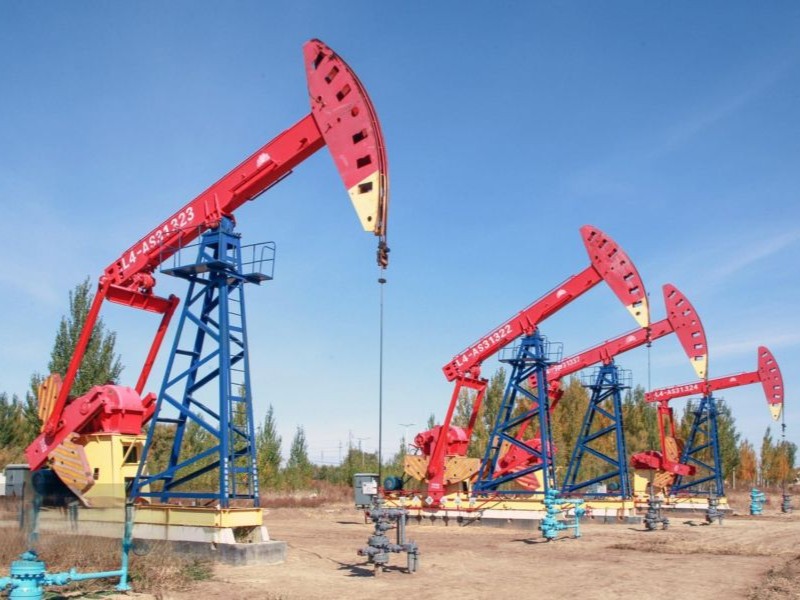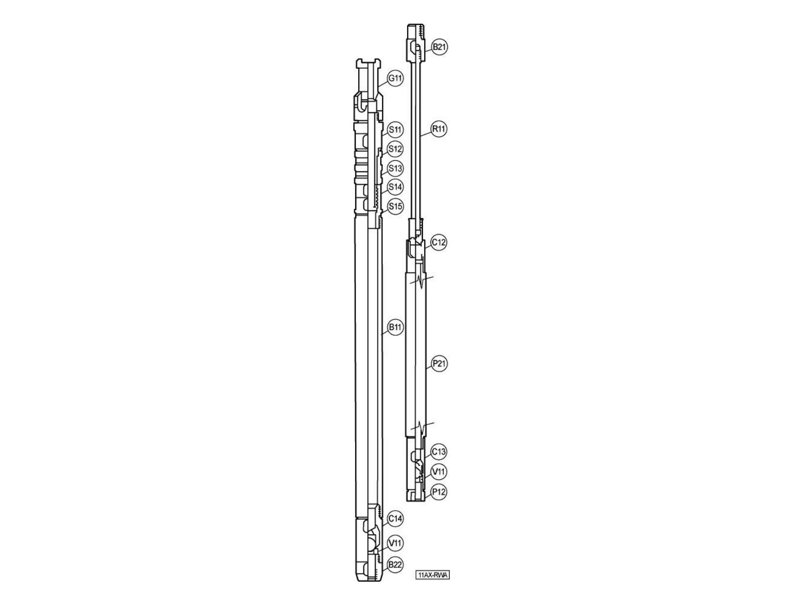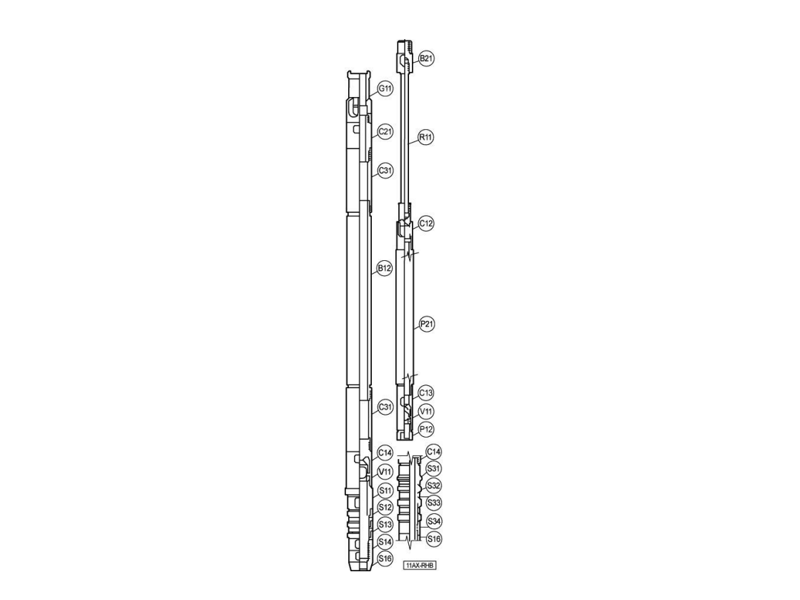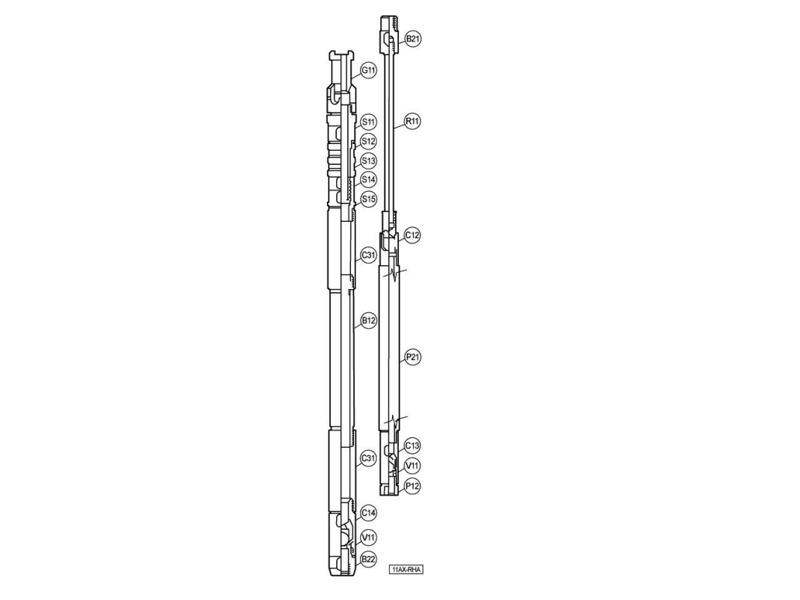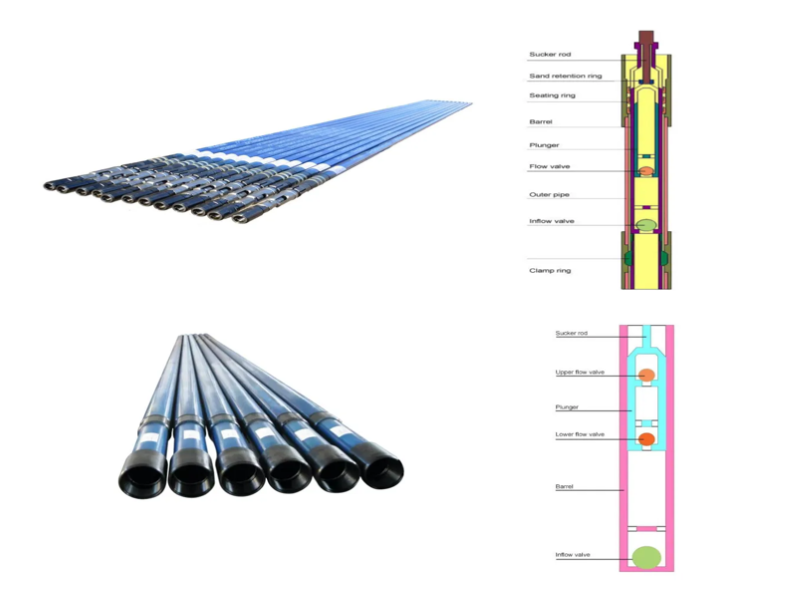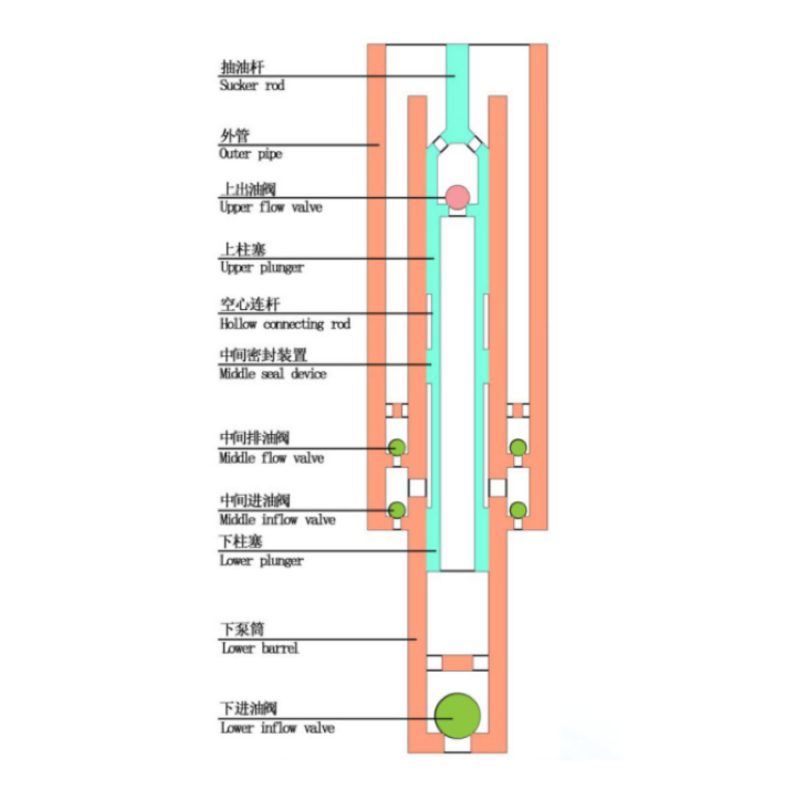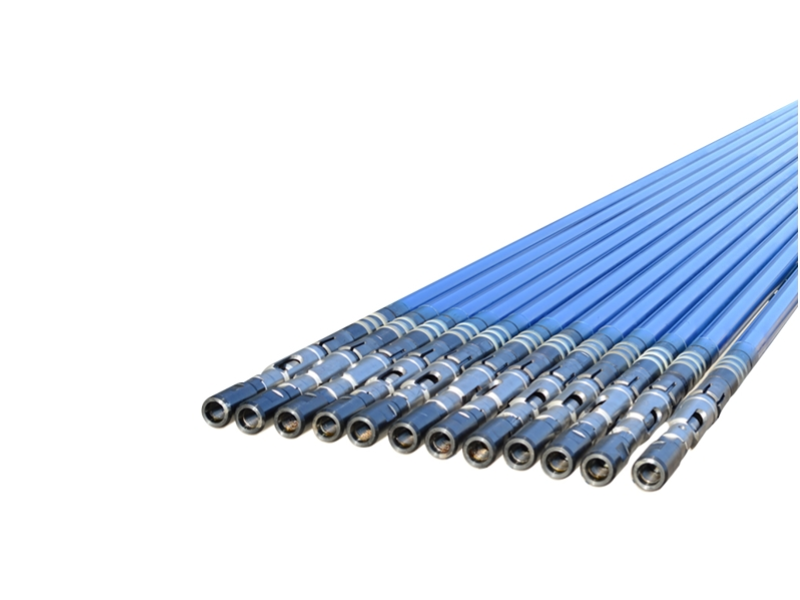10-07/2025
In the field of industrial fluid delivery, pumps, as key power equipment, support the operation of multiple industries. According to the basic theory classification of pumps, its core types can be divided into three categories according to the working principle: positive displacement pumps, dynamic pumps and other types of pumps.


